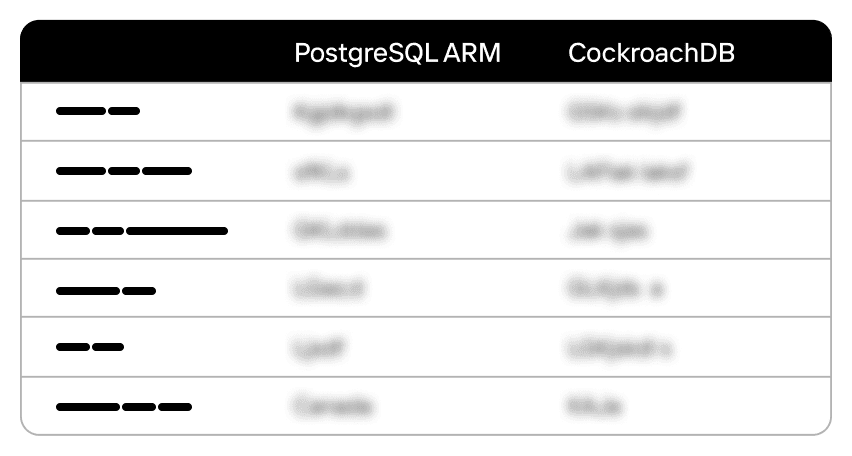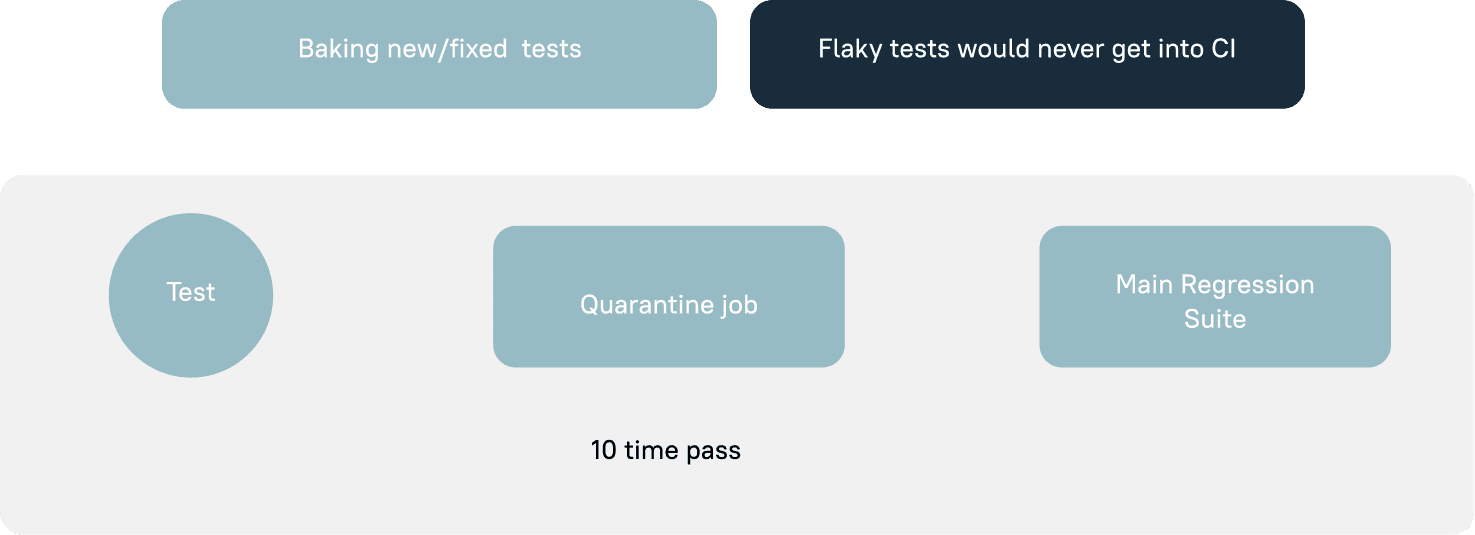Being very successful social media application with millions of subscribers and over a billion swipes per day, client’s engineering team was and still is challenged to release regular software updates across Android, iOS, and Web platform on a bi-weekly basis while keeping high standards of quality to satisfy its regular users.
Rate of changes per release was increasing drastically while product was pushing new ideas via A/B tests thus having only manual functional testing could not cater bi-weekly releases.
In 2016, PFLB was asked to join forces with the in-house engineering team to build what at the time was, native test automation solution using tools for automated ui testing – newly introduced XCUITest library for iOS and Espresso library for Android.
As a Result:
Success seemed to be achieved until our team start running into CI battles with devs.
Let’s examine a typical CI architecture:
CI with pre-merge tests ( Classical Case):
Challenge:
Add UI Automated tests for Android/IOS repositories to run along with other checks – compilation, unit tests, lint on each Pull Request
Problems:
Test Orchestrator
Solution:
Test Orchestrator – a framework for managing tests in CI.
Use Cases:
01
Test fails in CI due to UI changes. Developer is blocked, although he did not brake test explicitly. Automation team or developer himself would disable test from Test Orchestrator’s web portal while opening a new Jira task for automation team to address test modification.
Quarantine
02
Test failed due to the actual bug which developer introduced in a Pull Request. After examining a new bug, the product team decided to fix it in the following sprint. Dev or QA engineer would perform the following actions:
Conclusion
Looking back at all the work performed on the project, we can definitely call it a success. Despite having to deal with a constantly changing app and working on very tight deadlines, we managed not only successfully write and run multiple test cases, but also recognize the need and importance of changes in the process and subsequently come up with a solution that eliminates many issues associated with test automation.
All this helped our team recognize the importance of detailed planning, especially at the early stages of a project. In addition, working on a multinational team across different time zones and especially around tight deadlines gave us all an opportunity to work using Agile methodology and focus on the quality of the end product for our client. In doing all that, we not only helped deliver a better product or improved a few metrics, but our team also managed to learn and grow as well.
Related insights in case studies
Benchmark Testing Case Study: How PFLB Validated Chainguard Docker Container Performance

Chainguard specializes in providing highly secure Docker container images — regularly updated, tightly managed, and designed to minimize vulnerabilities. While their reputation for security is well-established, Chainguard wanted to ensure their containers also delivered competitive performance. After all, strong security is crucial, but it shouldn’t slow you down. Client Goal Chainguard needed clear, objective proof […]
From Weeks to Hours: Accelerating Data Masking and Enabling Easy B2B Data Sharing for a Leading Bank

A leading bank, ranked among the top 20 in its market, provides services to millions of customers daily. Staying at the forefront of this competitive market requires not only stable and updated infrastructure but also rapid feature delivery to maintain the highest service quality. Challenge The bank faced a critical challenge in enabling safe sharing […]
Leading Oil & Gas Innovator, NOV Excels with Real-Time Drilling Data After Load Testing

NOV, a renowned global provider of equipment, components, and IT products for the oil and gas industry, which is located in Texas, USA, empowers extraction companies worldwide with innovative technological solutions that enable the safe and efficient production of abundant energy while minimizing environmental impact. Under its CTES brand, NOV offers a range of IT […]
From Hundreds to Thousands: Scaling MEFA Pathway Software for Mass Student Registration

FolderWave, Inc. is a leading digital services provider in the Massachusetts e-learning sector. It aids millions of students in researching and planning a job-oriented education. The company delivers IT solutions, platforms, and services in partnership with notable non-profit organizations like MEFA Pathway and College Board, which connect a vast network of colleges, schools, and universities […]
Be the first one to know
We’ll send you a monthly e-mail with all the useful insights that we will have found and analyzed
People love to read
Explore the most popular articles we’ve written so far

